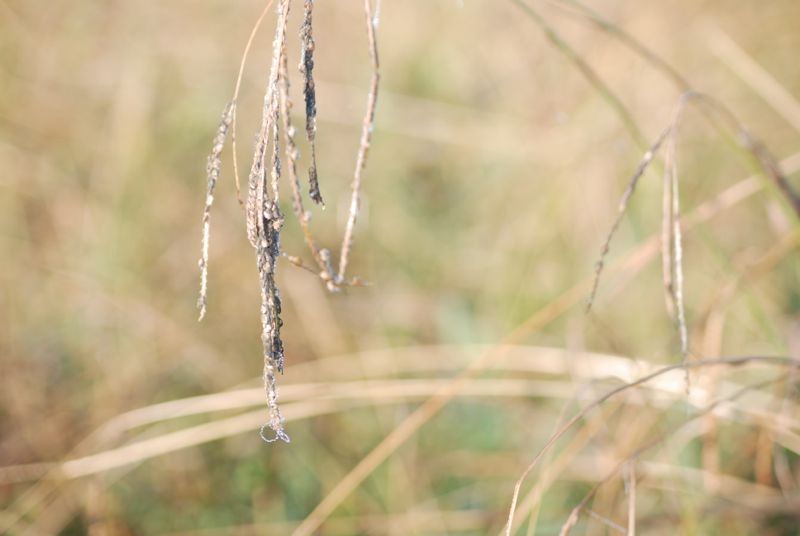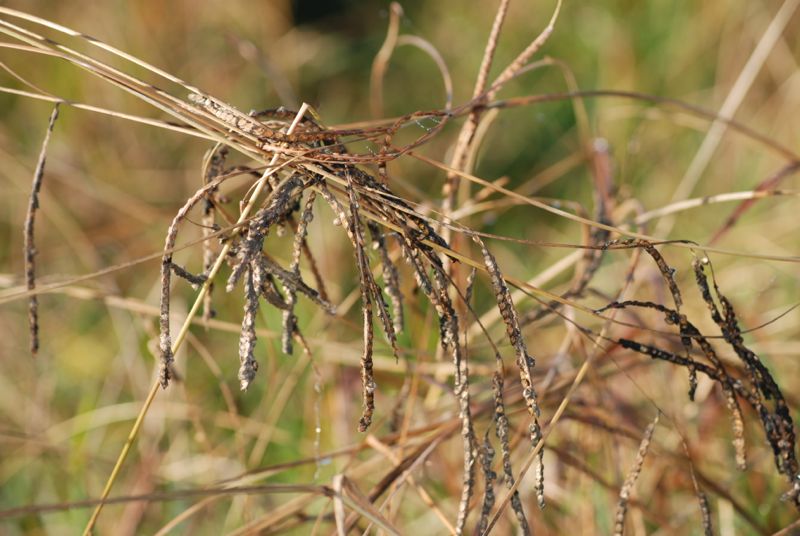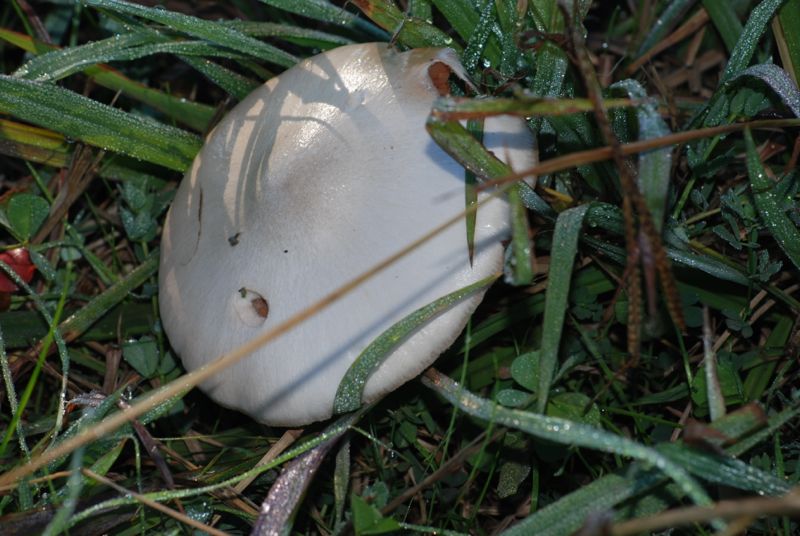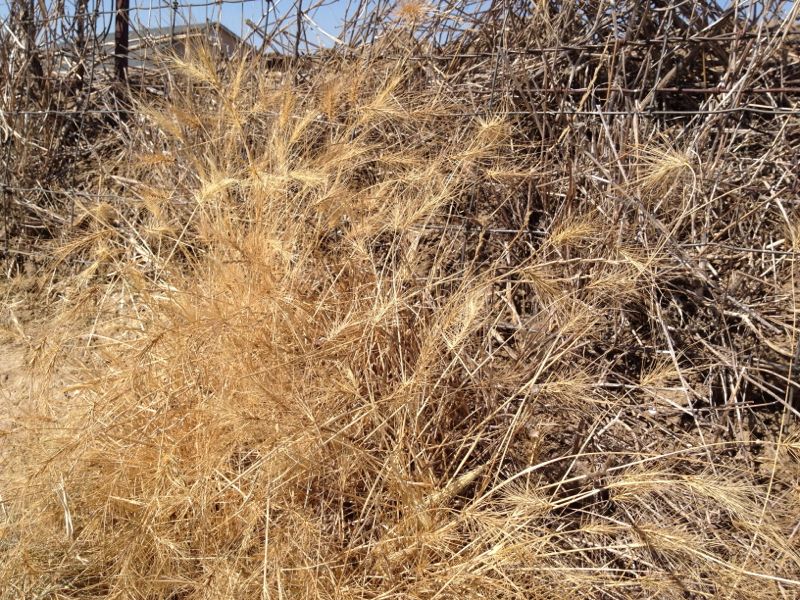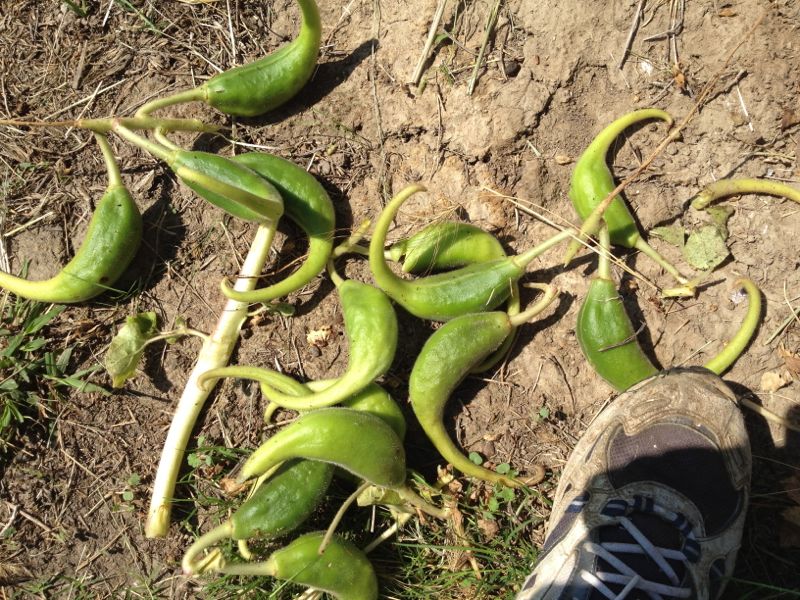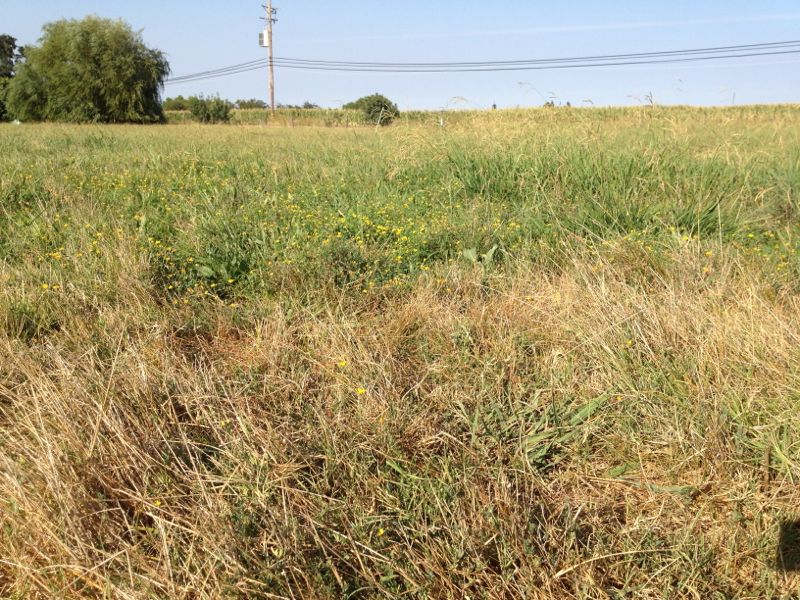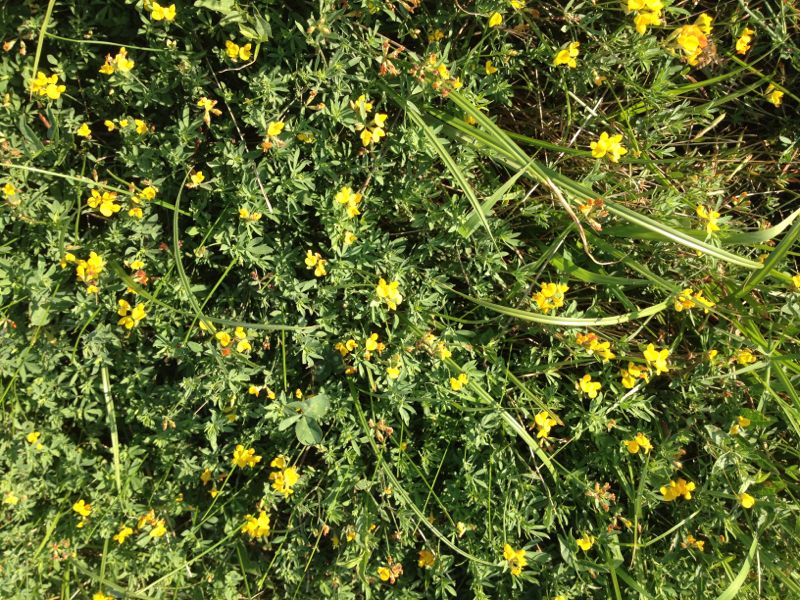Dallisgrass revisited
/I have posted several times about dallisgrass in the pasture. It features in this post a few years ago, this this post about burning it, this post in August 2011 and this post in August 2012. Please ignore the fact that I have spelled it differently in several of this posts. It is dallisgrass and here is a definition: "a tall tufted tropical South American perennial grass (Paspalum dilatatum) introduced as a pasture and forage grass in the southern United States". This came up in an e-mail conversation last night. Why don't I shear before breeding season to avoid the blue and red and green markings on the wool?
 Good question and that is a discussion for another post. I was thinking about pros and cons of shearing before breeding--sometime in September. I was explaining that the dallisgrass grows so tall and develops seed heads in the late summer. At some point in the cycle the seed heads are very sticky and the sheep (and Rusty...
Good question and that is a discussion for another post. I was thinking about pros and cons of shearing before breeding--sometime in September. I was explaining that the dallisgrass grows so tall and develops seed heads in the late summer. At some point in the cycle the seed heads are very sticky and the sheep (and Rusty...
...and my pants) are covered with sticky goo that catches dirt and the seeds that come off of the grass. After a few weeks the sticky part goes away and then fall rains clean the sheep. I thought I'd look this up to see why the seed heads are so sticky. I was surprised to learn that the goo is actually the result of a fungus that is common on dallis grass and is toxic to cattle. Who would have thought? That doesn't change anything, but I find it interesting. So this morning I wanted to see for myself.
 This dallisgrass looks "clean".
This dallisgrass looks "clean".
 The dry grass here is dallisgrass.
The dry grass here is dallisgrass.
 See how tall and thick it is? Some of the leaves are still green, but they are so coarse that the sheep will choose to eat the dallisgrass only after they have eaten all the grass and clover that they prefer.
See how tall and thick it is? Some of the leaves are still green, but they are so coarse that the sheep will choose to eat the dallisgrass only after they have eaten all the grass and clover that they prefer.
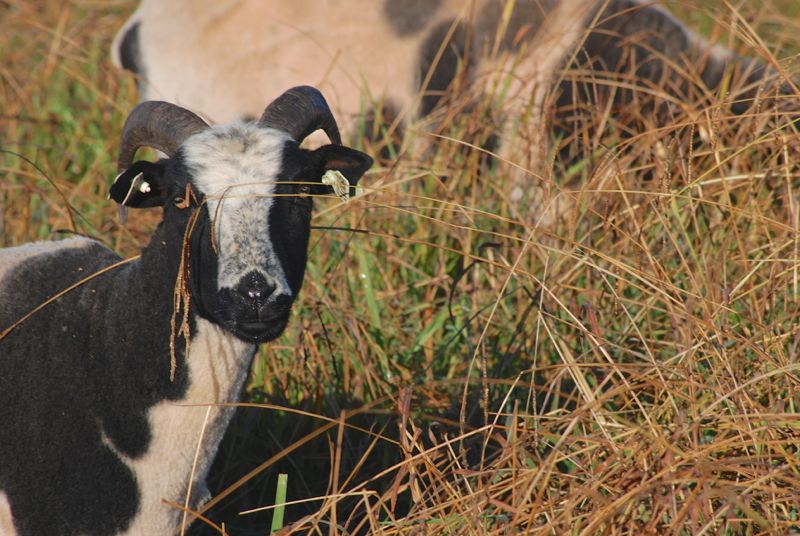 A few sheep photos. This is Sierra.
A few sheep photos. This is Sierra.
 This is Aurelia, the ewe I got from Kreutzer Farms in Nebraska.
This is Aurelia, the ewe I got from Kreutzer Farms in Nebraska.
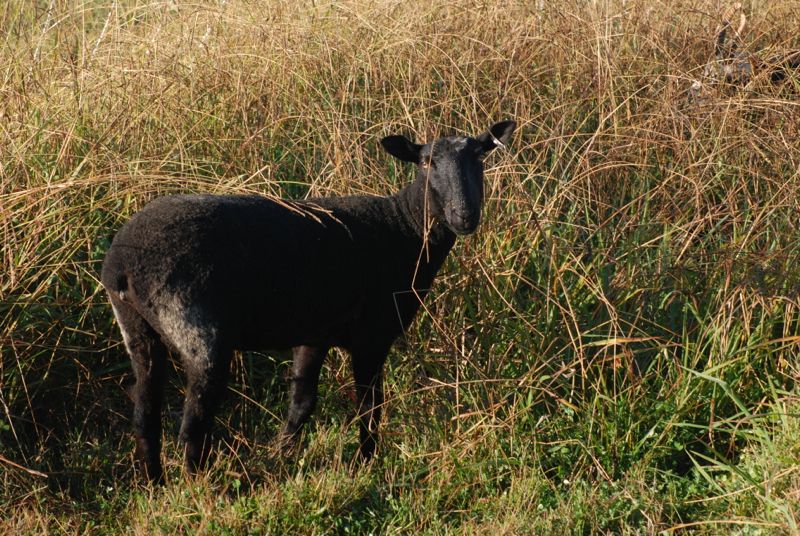 Onyx, the Jacob x BFL cross. Notice the ewe in the top right corner of the photo that is almost invisible in the tall grass.
Onyx, the Jacob x BFL cross. Notice the ewe in the top right corner of the photo that is almost invisible in the tall grass.
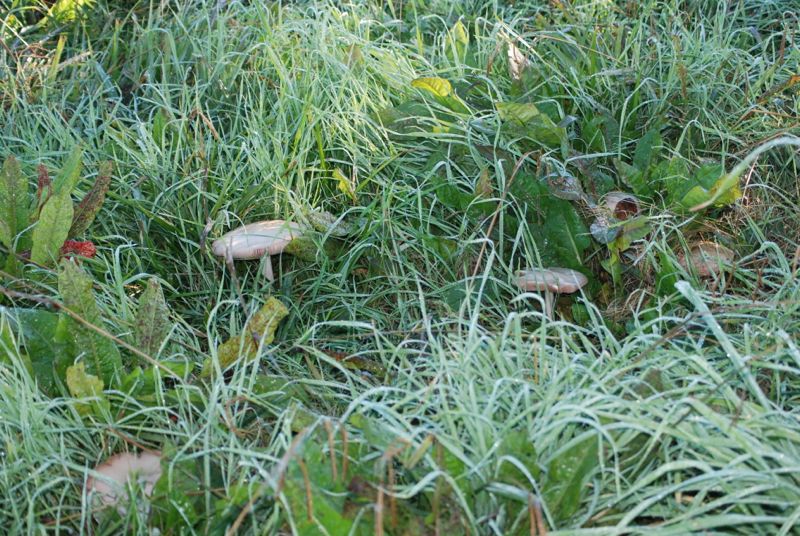 And while I'm talking about fungus in the pasture, what about this one?
And while I'm talking about fungus in the pasture, what about this one?


